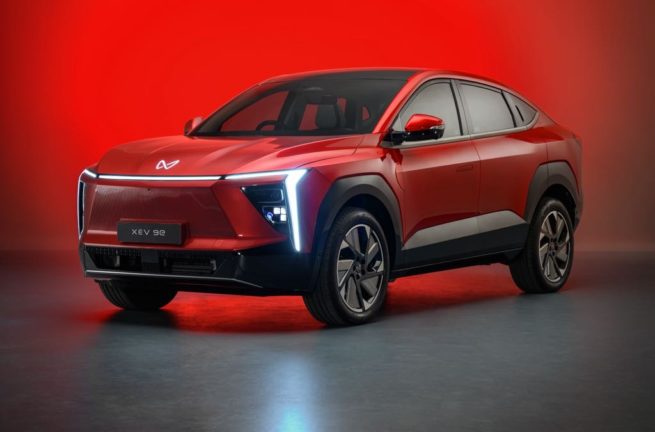Mahindra explores hybrid tech across ICE and EVs amid EV adoption slowdown
Mahindra is shifting gears to adapt to evolving consumer preferences and market conditions by exploring hybrid powertrains for both its internal combustion engine and born-electric vehicle platforms. The move marks a strategic deviation from the automaker’s earlier position of pursuing an EV-only future and aligns with a broader industry trend where hybrids are gaining traction amid infrastructure challenges and cost considerations.
As EV adoption in India has not accelerated at the anticipated pace, Mahindra is now actively developing hybrid technology to complement its current ICE and electric offerings. In May 2025, the company sold 2604 electric vehicles—primarily from its born-EV range. However, with a goal of reaching 5000 monthly EV sales, Mahindra is supplementing its strategy with hybrid alternatives to close the gap.
For its ICE models, Mahindra is reportedly working on a series-hybrid system, which relies on an internal combustion engine to generate electricity, powering electric motors that drive the wheels. Meanwhile, the company is also considering a range-extender hybrid setup for its EVs. This system employs a small petrol engine—likely a 1.2-litre unit—as a generator to charge the battery, thus extending the vehicle’s range without directly powering the wheels.
A notable development within Mahindra’s hybrid roadmap is the introduction of a strong hybrid version of the XUV 3XO. Unlike the range-extender format being considered for BEVs, the XUV 3XO will feature a series-parallel hybrid layout. This allows both the combustion engine and electric motor to operate either independently or together, optimising fuel efficiency and performance.
The increased interest in hybrids isn’t limited to Mahindra. Maruti Suzuki is also developing affordable range-extender hybrid systems for models such as the Fronx, Baleno, Swift and an upcoming MPV. Other automakers, including Hyundai, Skoda-Volkswagen and JSW MG, are also preparing hybrid entries for the Indian market.
The push toward hybridisation comes at a time when the Indian government is offering incentives such as road tax exemptions for hybrid vehicles in select states. While EVs slightly outpaced hybrids in annual sales last year—with a market share of 2.4% compared to hybrids’ 2.1%—the growing hybrid sales figures and ongoing infrastructure limitations suggest a more balanced mix of powertrain technologies in the near future.
Globally, electrification targets are also being reassessed. The EU’s 2035 zero-emission mandate is facing reconsideration, and in the U.S., shifting political dynamics signal continued support for ICE vehicles. These factors contribute to the industry’s collective reassessment of the transition timeline toward full electrification.
As Mahindra adapts its strategy, the company positions itself to meet customer demands more effectively while navigating the evolving regulatory and market landscape.

